There is a paper describing a method for doing just this here: Flight Dynamics Measurements on an Instrumented Frisbee. The techniques worked well; I would use this as a starting point.
Essentially it was a microcontroller (BS2IC) and a 2-axis accelerometer (ADXL202), mounted to the center of the frisbee with silicone glue, and then balanced by the batteries (CR2032's) which were mounted with tape. The hardware was specifically chosen for its low power consumption.
A small switch was mounted near the edge to permit easy activation near the moment of throwing, again to reduce power consumption, and also because the space for data logging is limited:

My own idea on reading your question was to mount a 1-axis accelerometer / pressure sensor near the edge of the frisbee and measure the centrifugal force, although mounting near the edge can make balancing more challenging. The 2-axis accelerometer is not a big step up and you end up getting a lot more data out of it.
You could use a low-power near-field radio system such as Zigbee (or Bluetooth; which is less convenient for initial setup, and requires at least the addition of a button or some other logic to help make pairing usable but natively supported by many devices, e.g. your smart phone) to stream data to a nearby device, or you could log data on the microcontroller and retrieve it later.
In any case, that paper got some interesting data. In particular, note the author's observation that direct data can be more easily extracted during steady periods of accelerometer readings:

That graph gives a nice view of initial wobble becoming steady during flight, as well as the centrifugal force.
It doesn't really seem necessary to overcomplicate it with light / sound sensors; although if you do, I would log / transmit raw data and do the actual processing on the receiving device to limit power consumption and microprocessor performance requirements, at the expense of increased memory requirements (for logging).

